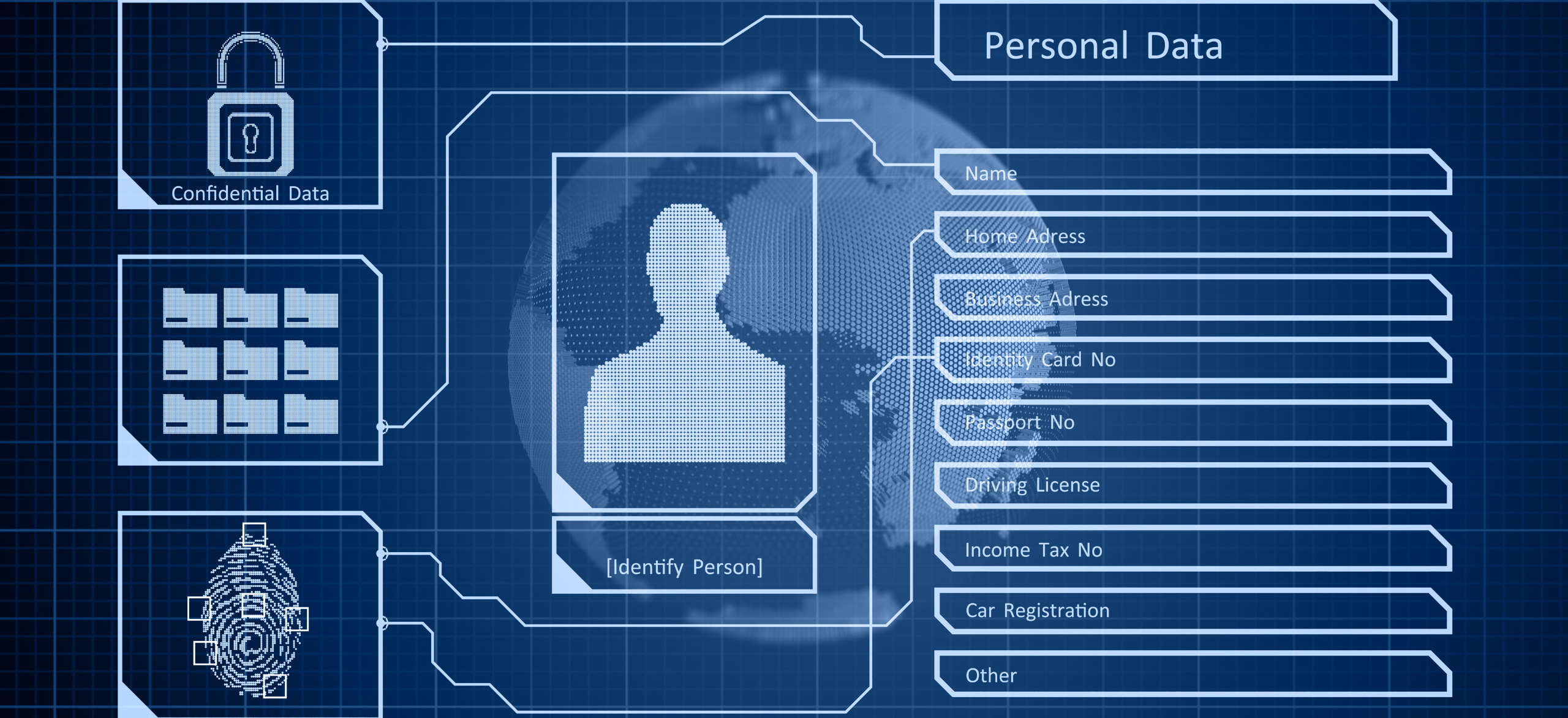CIRRUS Vulnerability Management
Proactively defend your systems with our continuous monitoring and security risk detection.Why Vulnerability Management Matters
Vulnerability management helps identify and address security gaps before they can be exploited, reducing risks and enhancing overall protection. Below are the key benefits of incorporating vulnerability management into your cybersecurity program.
Proactive Notifications
Proactively notified of any existing vulnerabilities to address risks before they’re exploited.
Reports
Receive reports on unapproved software installations and any new devices connecting to your network.
Alerts
Additional alerts for new software applications for enhanced oversight and control.
How CIRRUS Protects You
When it Comes to Vulnerability Management


Vulnerability & Configuration Scanning
CIRRUS Vulnerability Management provides continuous scanning to detect vulnerabilities and misconfigurations across your entire environment.
Asset Discovery
Identify both known and unknown devices on your network, ensuring nothing slips under the radar.
Network Hardening
Improve security by addressing vulnerabilities stemming from both external threats and internal employee behaviors.
Proactive Alerts
Get real-time alerts for unapproved software installations and newly connected devices, ensuring immediate action can be taken.
Comprehensive Reporting
Detailed, actionable reports on vulnerabilities, unauthorized software, and network device activity help keep your systems secure and compliant.

Vulnerability Scanning for Mac, Windows, and Linux endpoints

CIS benchmark scanning for configuration recommendations
Endpoint, internal network, and external vulnerability scanning
What Our Clients Are Saying
“The final report exceeded our expectations in terms of thoroughness and clarity. The CIRRUS platform’s ability to identify vulnerabilities and potential risks within our network was remarkable. The detailed breakdown of each identified issue and a clear assessment of its severity provided us with a comprehensive understanding of our security posture.”
Convention Center, Single Location
Director of IT, HospitalityTrending Resources
By Will Colleran The shift to remote work has transformed the way organizations operate, but it has also introduced unique […]
By Shaun Babula As cyberattacks become more sophisticated and frequent, many organizations are turning to Managed Detection and Response (MDR) […]
By Stephen Stemme Penetration testing, often referred to as “pentesting,” is a cornerstone of any effective security strategy. However, to […]
By David Dlug Phishing attacks have become one of the most pervasive and dangerous threats in the cybersecurity landscape. From […]
By Jason Zanetti Third-party applications have become an integral part of modern organizations, enabling productivity and innovation. However, they also […]
By Will Colleran With the increase in remote work, hybrid environments, and cloud-first strategies, securing endpoints, identities, and cloud applications […]
By David Dlug The dark web, an elusive corner of the internet accessible only via specialized tools like Tor, is […]
By Jason Zanetti Healthcare organizations handle some of the most sensitive data—protected health information (PHI). As cyberattacks targeting the healthcare […]








